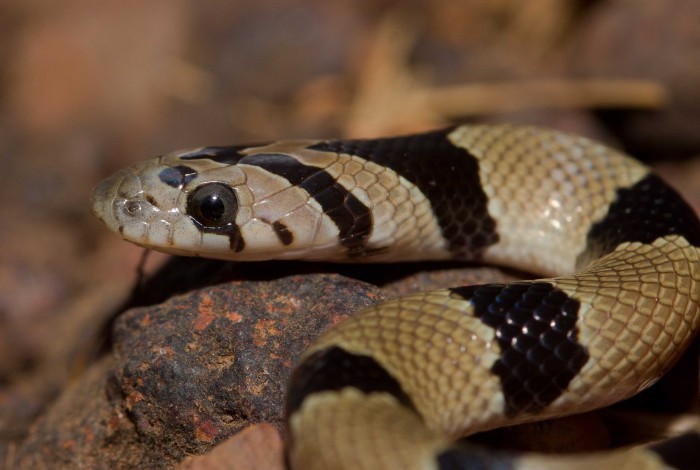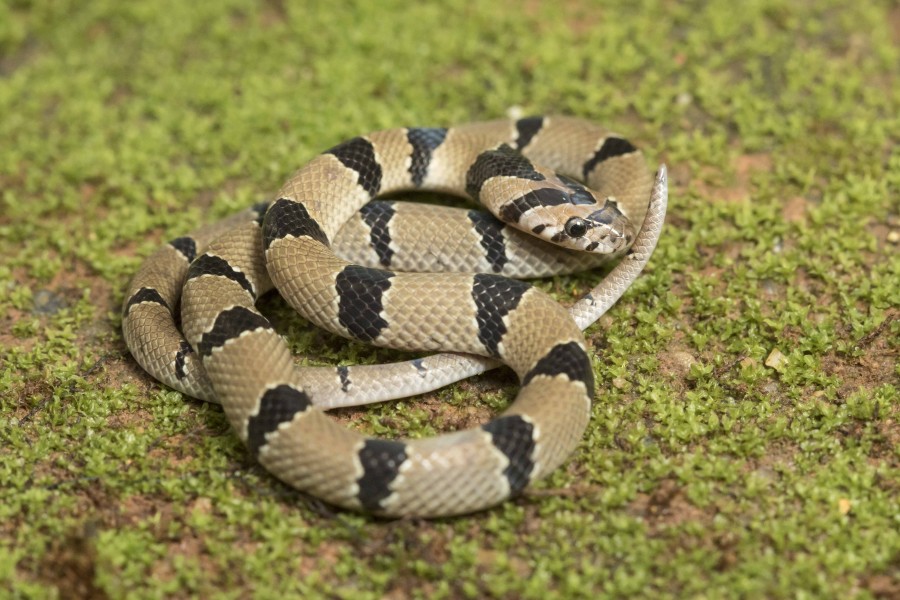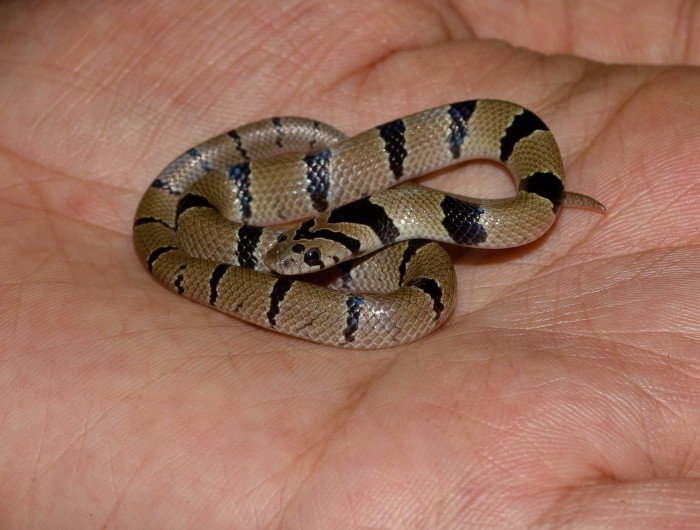Click on the pics to load them in high resolution
I have a fun job. I rescue snakes for a living! Most of the snakes I rescue are from people’s houses around my home-town. A cobra on a roof, a rat snake in a cupboard, or a python in a chicken coup are the kinds of distress calls I attend to.
Nowadays I also work as a ‘wildlife’ consultant with some of the five star hotels in Goa. My job requires that I be ‘on call’ any time of the day (or night!) in case a snake is spotted in any of the hotel rooms or lush gardens and golf courses.
But since I’m very often quite busy and unable to attend to some of these snake calls, I decided to train some of the hotel staff to rescue at least a few of the non-venomous snakes in emergencies. My trainees are usually gardeners and security guards since they are the ones that encounter snakes most often.
You may think that it would be tough convincing people to learn to handle snakes. It isn’t! Even though most people are scared of snakes, many are actually quite willing to learn simple snake handling techniques if it means they can save a part of nature.
Below are photographs of a baby Common Kukri snake that was caught by the security guards of Hotel Radissons shortly after a training camp I conducted for them last year.
Since the guards weren’t sure if the little snake was venomous, they hadn’t touched it. Instead they had tipped it into a bottle and kept it for me.
The baby kukri was one of the tiniest snakes I’ve ever seen. Barely longer than my middle finger, it made no attempt at aggression when I placed it on my hand to inspect back home.
Common Kukri snakes are generally shy snakes. This one had the typical dark eyes and round pupils of the species which on this particular baby snake gave it the astonished and comical look of a kid who has just walked into the wrong classroom at school.
I rarely find Kukri snakes on snake calls and therefore didn’t know much about them. So before releasing the snake I looked up ‘Common Kukri’ in Snakes of India (Romulus Whitaker and Ashok Captain) and found the following interesting fun facts:
1. Kukri snakes get their name from their sharp, flattened, curved teeth which they use for slicing reptile eggs (their main food).
2. Young Common Kukri snakes feed on insects and their larvae, spiders and gecko eggs. Adults eat reptile eggs, geckos, skinks and small mice.
3. Common Kukri snakes are often mistaken for the Banded Krait which has a ‘toblerone’ type of shape for its body and a distinctly rounded tail tip.



